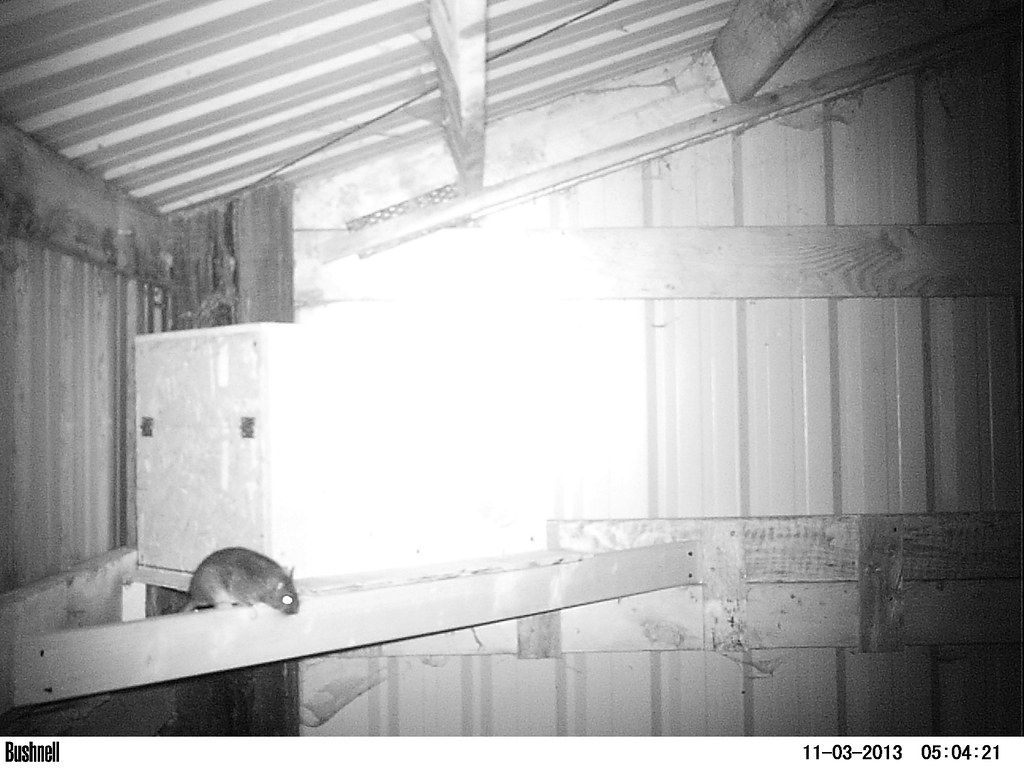By Mike Patterson
The oldest bird list I can find associated with Circle Creek is dated April 2, 2001. I’m pretty sure that was the day I was invited, along with many others, to visit Russ Earl’s farm and tour his back forty. We were there to provide feedback to folks at North Coast Land Conservancy on the value of potentially buying the property for conservation. The notes accompanying the list includes: Circle Creek Riparian Project 10:15-12:00hr, Temperature: 45 degrees Fahrenheit, Wind direction: SW, Percentage of sky covered by clouds 60%. I noted 33 bird species that day, including a pair of courting bald eagles. Those were pre-digital times and I did not have a camera with me. It was a knee-boots-required kind of tour. We slogged through open wetlands, riparian shrub and remnant spruce/alder forest, and, of course, cow pasture.
Cows had free range over most of the property, and the ecology of cows was in evidence on every square meter. But we could all see there was still plenty of wildness to be found, and the potential for restoring a great deal more.

Juvenile coho salmon in Boneyard Creek
I consider myself lucky to have been included in that first exploratory visit, and I consider myself lucky for having the opportunity to participate in much of the discovery and restoration that has gone on since. The patient folks at North Coast Land Conservancy have indulged my curiosity regarding the plant and animal ecology around Circle Creek by allowing me to set up projects related to birds, mammals, amphibians, and insects. The mixed forests attract a healthy variety of birds, including several rare migrant species that appear to use Circle Creek as a migrant corridor around Tillamook Head. One rare migrant, a magnolia warbler, once appeared near the area where the new wetland walkway can be found. Local birders continue to call that spot the Magnolia Patch.

The barn owl box I installed produced an unexpected result, attracting multiple bird species and a native rodent called a bushy-tailed woodrat. But no owls.

Bushy-tailed woodrat
Not surprisingly, Circle Creek is a great place for amphibians. Constant effort monitoring has confirmed that eight species of salamanders and three frog species call the wetlands and forested areas home. There are not very many things that command a ten-year-old’s attention quite like a salamander hunt, and young people, because their eyes are closer to the ground, make for remarkably efficient census-takers.

Northern red-legged frog
In recent years, the importance of invertebrates in sustaining ecological balance has become increasingly recognized. I talked folks into letting me set up a “moth wall” in the main barn. Moth-attracting UV lights lure moths and other insects in for inventory. We are well over 70 species now, and still counting.

Now, I’m doing bees…

Mike is leading birding and mothing outings at Circle Creek in August. Registration is open now. Check our our Summer On the Land outings schedule at NCLCtrust.org for more details or to register.
Comments